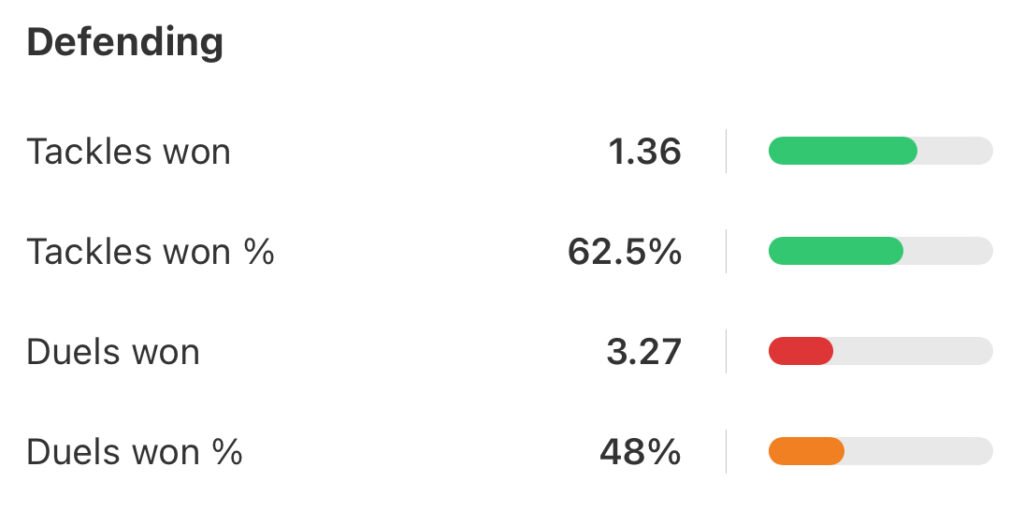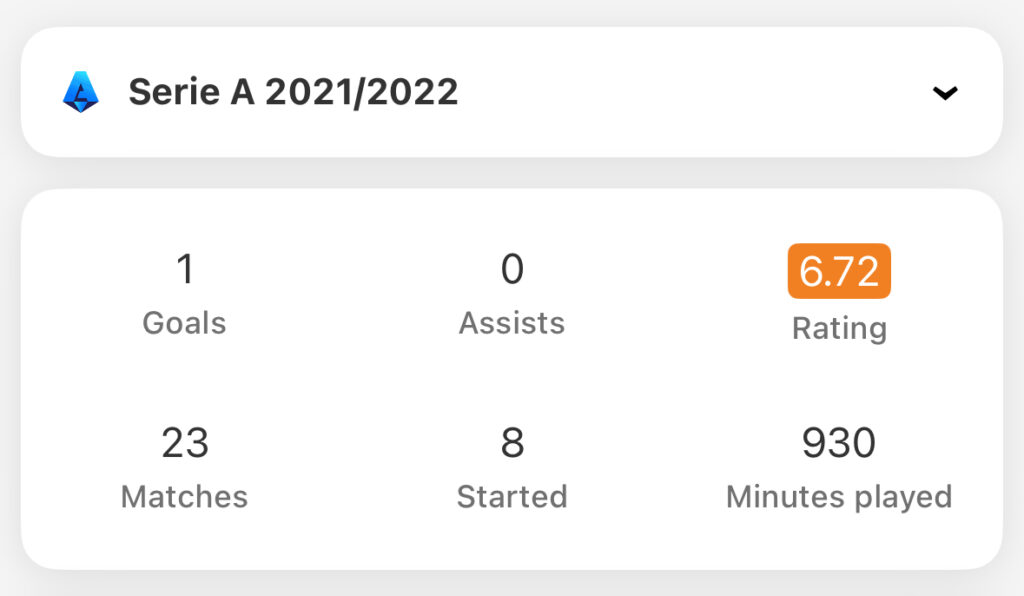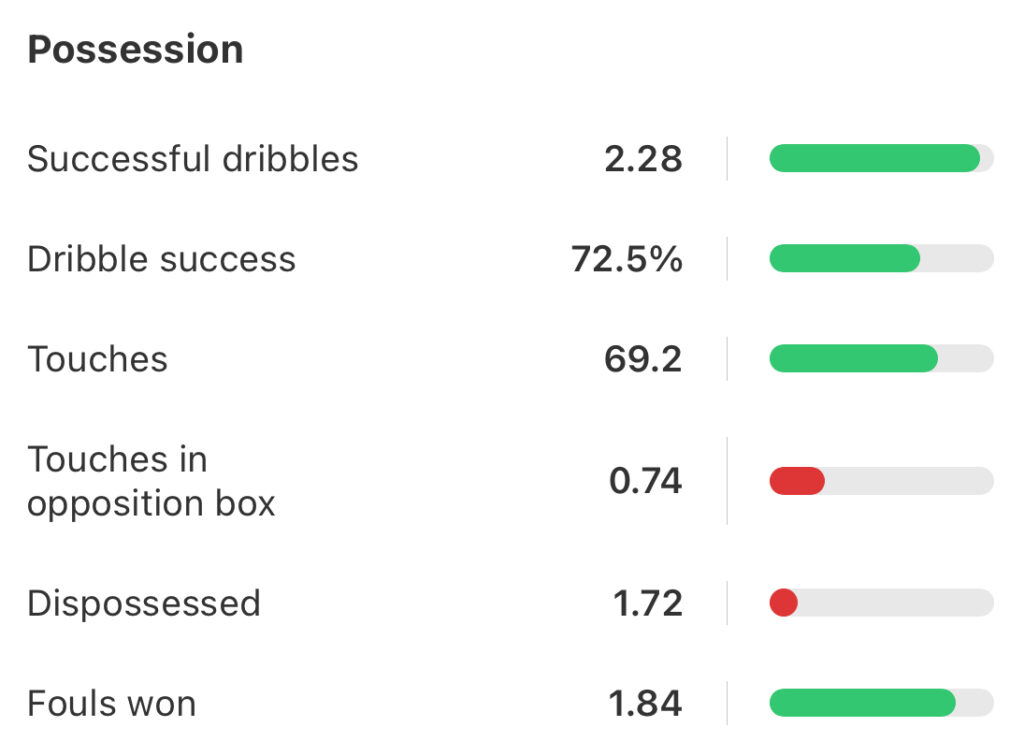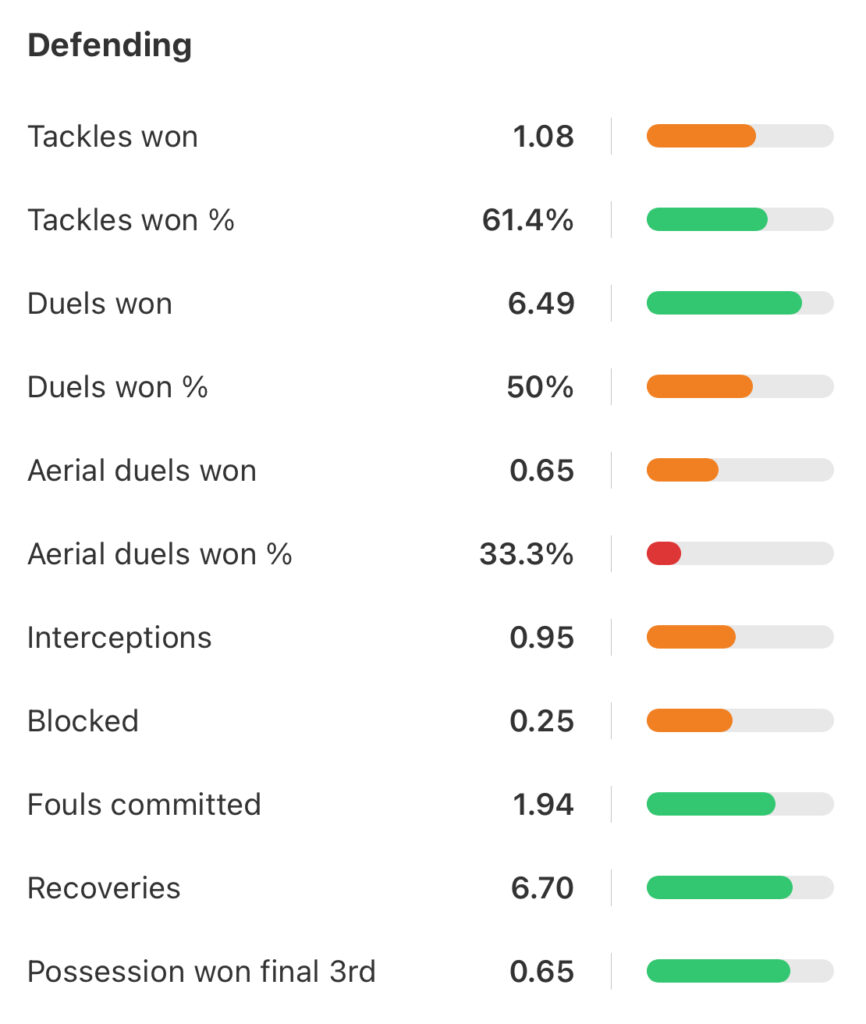Manchester United’s signing of Fiorentina’s Sofyan Amrabat was met with a fair amount of excitement and intrigue. But the reality of the move has been a disappointment to many and there have even been doubts about whether the Moroccan is actually as good as he was made out to be.
With United’s season about to stutter to a halt, there is a realisation amongst fans that it has been a campaign full of injuries and that has impacted the team’s progress massively. From summer signing Mason Mount and World Cup winner Lisandro Martínez to Luke Shaw, Raphael Varane and sometimes even Rasmus Højlund, United have seen the season fall apart right in front of their eyes.
Despite the squad suffering a raft of injury worries, Amrabat’s usage has been considerably limited. The lack of game time has been concerning for some and confusing for others.

Amrabat had, after all, impressed during the 2022 World Cup and that had led to clubs such as Barcelona, Tottenham, and Liverpool keeping tabs on him. More than that, Amrabat also had a shared past with Erik ten Hag, who managed the ex-Hellas Verona man during his time at Utrecht and the perception was that the midfielder was a very ‘Ten Hag signing’, especially when the Red Devils desperately needed additions in the heart of the park.
Amrabat seems all but set to return to Fiorentina from his loan stint at Old Trafford. While the chapter will end, it will always leave a bitter taste in the mouth for many. Fans will scratch their heads and it will spark debate. With that in mind, we take a look at what really went wrong in this ongoing loan spell for the 2022 World Cup star.
- Never judge players from World Cups
One of the many basics in football recruitment says that clubs shouldn’t base their judgements of signings solely from their World Cup performances. From Asamoah Gyan and Salif Diao to James Rodríguez, there are numerous examples of clubs signing players on the basis of how they performed in a World Cup and the move never quite lived upto the hype. United themselves were guilty of that when they signed Kléberson amidst much fanfare in 2003 and they seem to have repeated their mistake in 2023.
It isn’t to say that Amrabat wasn’t impressive in the World Cup, he most certainly was. Operating constantly as the deepest midfielder in Morocco’s deep block, Amrabat showed a keen understanding of how build-up works and constantly helped his side transition from back to front and was prolific off the ball.
In Morocco’s first approach, Amrabat made loads of recoveries per 90 minutes – 7.77.

He also did well when it came to tackling, boasting an above average tackle success rate and a lot of that came down to the system, which relied overly on winning it back and led to a higher sample size.

While impressive, and a candidate for the World Cup’s Team of the Tournament, fans saw Amrabat operate in a system that wasn’t quite in operation at club level – for Fiorentina, or United. That skewed perceptions and affected how fans looked at Amrabat, conveying to many that he was perhaps best in a deep midfield role. Whereas, the truth is that playing as the deepest midfielder in a low block and playing the role in an attacking setup are completely different things.
- A Florence misconception
Because of the World Cup, a perception developed that Amrabat was a reliable number six. In the 2021/22 season under Vincenzo Italiano, though, Amrabat wasn’t even a regular at number six in a system which has two midfielders that operate high up the pitch and another who dictates tempo from deep, the number six role.
The Moroccan made only eight starts in the entire Serie A season.

Before Italiano’s arrival, Fiorentina played a low-block in a 3-5-2 under Beppe Iachini and club hero Cesare Prandelli and that is when Amrabat was a regular as the deepest midfielder.
Under Italiano in the 2021/22 campaign, Lucas Torreira starred in the number six role for Fiorentina. The ex-Arsenal man established himself as one of the best in that role in Serie A and showed signs of a renaissance after a frustrating spell at the Emirates. He wasn’t just great at receiving as part of a back three in possession but the Uruguayan also dictated play from deep, won it back as quickly as he could and recycled possession.
He pushed Amrabat to the peripherals of the starting XI and it was only after Torreira’s exit that Amrabat became a regular at number six. In the 2022/23 season, Amrabat showed his efficiency as a ball-carrier and someone who thrives at carrying the ball forward from deeper areas.

While he also showed that he’s very good off the ball and possesses a terrier-like energy, numbers state that he was also prone to being dribbled past and potentially struggling to operate as the deepest within the more open attacking setups.

It isn’t to say that Amrabat is a bad player. This shows that perhaps, playing as the deepest midfielder in an attacking setup wasn’t Amrabat’s best role and he is best in another role, considering how well he does at carrying the ball forward and at winning it higher up the pitch.
- Verona stint a better reflection of Amrabat
While Amrabat never truly made a significant impact at Fiorentina, the reason why La Viola roped him in was his excellent stint at Verona. Arguably, Amrabat was one of the best midfielders in the 2019/20 season and he was used to his strengths almost perfectly by Ivan Jurić, who is now impressing in his stint at Torino. Jurić overperformed massively at Verona, where Amrabat emerged as a surprisingly positive performer in pretty much every game.
Jurić’s Verona played in a man-marking system and in a double pivot, where veteran Miguel Veloso was the deepest midfielder and Amrabat was the number eight, who was tasked with progressing the ball into the final third quickly after winning it back.
He covered a lot of ground, essentially operating as a box-to-box midfielder.

He typified Jurić’s system, completing 2.28 dribbles per 90 minutes and with a pretty decent accuracy.
He also won over six duels per game and made over six recoveries per 90 minutes, as the system helped him play to his strengths and as a result, Verona finished ninth in the table having just been promoted from the second division. Amrabat’s tireless showings were a key to the overperformance from the Gialloblu.

Even before his stint at Verona, Amrabat was usually a box-to-box player, who often featured at full-back or even out wide because he provided a thrust in carrying the ball forward and a workrate that set him apart from others. Having said that, the 2019/20 season was the first time that he played solely in the number eight role beside another deep-lying midfielder.
- United miss-profiled Amrabat?
When one considers the context at Fiorentina, Verona, and the World Cup, it can be suggested that United miss-profiled Amrabat. He was billed as a tempo dictator and someone who could offer United control from deeper areas of midfield, which Casemiro has struggled to do so far. The sad truth though, is that Amrabat has never been a deep midfielder and his strengths have always existed elsewhere – as previously pointed out.
The injury situation at United has made things even more difficult for Amrabat, whose most imposing performances have arguably come at full-back where he has still managed to show that he can offer a sense of control in possession.
Of course, he hasn’t even been given enough of a chance to prove himself either and the error he made against Manchester City will always be used against him, unfortunately enough. But the job he has often been asked to do isn’t what he excels at and United could well realise that in the future, especially if the Moroccan goes on to thrive at another club.
He does still seem to have a market in Serie A, with Juventus and Milan said to be interested in him.
